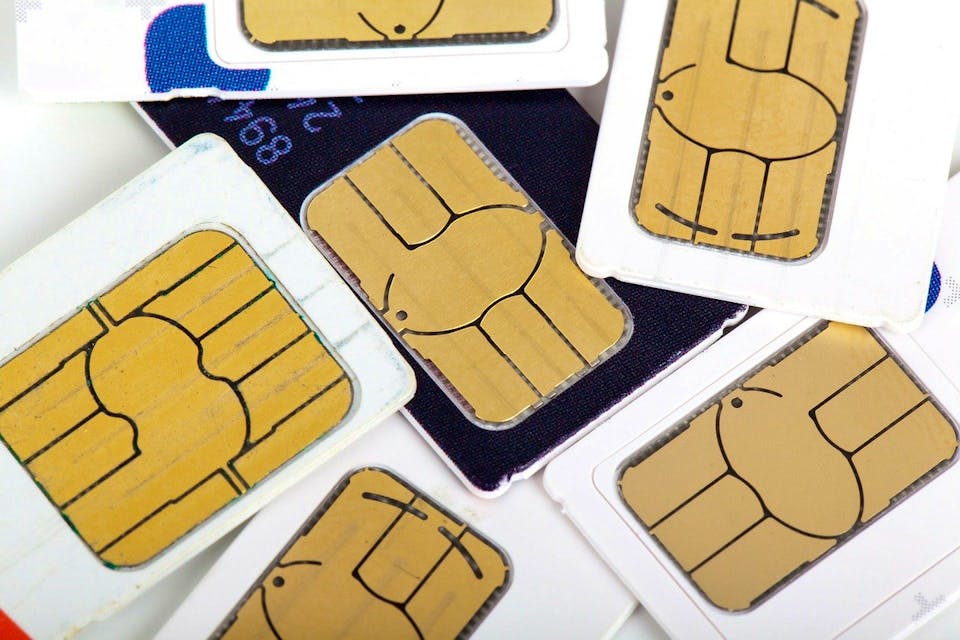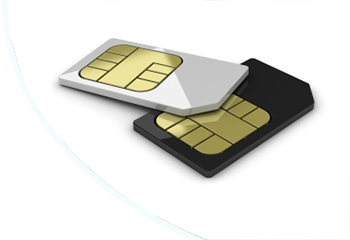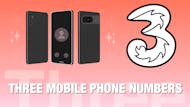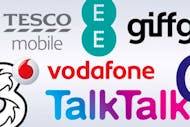What is SIM-Only?
When you choose SIM-Only you get the new SIM card from your chosen network, without a new phone included in the deal. You can get a generous allowance of calls, texts and data included each month, usually with the option of a 1-month or 12-month contract.
SIM-Only plans are great value for money, with a really low monthly price and less commitment than the traditional pay monthly deals.
Benefits of a SIM plan
It’s cheaper! A good, solid smartphone can be worth in the region of £500 these days, while top-end phones such as your iPhones and Samsungs get up to and well over £1000
Networks will offer to include the phone for free, or for a very small upfront fee, plus the SIM plan. The actual phone price is then paid off as part of your monthly charge over the duration of the contract alongside the SIM plan's monthly cost.
Without the phone, you are just paying for your calls, texts and data. You could easily find yourself a SIM plan for under £10 a month. There are more expensive ones as well, with unlimited calls and texts, and several GBs of data, but even these can still be comparatively cheap when you compare them with the standard pay monthly plans.
It also offers a lot more freedom and flexibility, because you can choose a 1-month rolling plan, or go for a year, whereas the pay monthly deals which include a phone are usually 24 months. They have to be that long in order for you to pay off the price of the phone entirely.
There is a range of networks to choose from, and the hugely competitive market helps to further push down the price. You can keep your old number as well, which is often a key benefit for people who don’t want the nuisance of updating their number with people they know.
It’s also really convenient if you’re keeping your current phone for the new SIM plan, because everything is already set up, such as social media logins and email.
SIM-Only price
SIM plans usually start at around £5 a month, and you can get ones that cost £20 or £30 a month, but those would probably have unlimited calls and texts and 20GB or more of data. Most customers won’t need that much data, but there is still a market for it and if you do find yourself downloading HD movies straight to your phone then a high-data plan would be necessary.
Otherwise, you’ll either reach a limit and be unable to use mobile internet for the rest of the month or if your provider lets you breach the limit then you’ll incur charges. Just make sure you have enough data to cover your usual usage every month!
If you compare SIM Only plans, you’ll see a selection of good deals from known providers, and you can browse the available allowances, making it easier to find something ideally suited.
Pay monthly and PAYG SIMs
You can get either a pay monthly SIM or choose pay-as-you-go, and you’ll probably see better value from a monthly plan as it comes with plenty of calls, texts and data, and you can choose a short-term deal.
Pay-as-you-go still has its benefits though, as you are never spending more than you use. There’s also absolutely no contract, and it’s a good choice for those who don’t use their phone often or just want one in case of emergencies.
4G SIM plans
If you see a SIM plan advertised as 4G it simply means that you’ll have 4G connectivity where possible. You would need a 4G-ready phone, so it’s no good sticking your 4G SIM into a Nokia from the late ‘90s, or any of the budget basic phones you can get.
You’ll also need to be in an area with 4G coverage, but that is basically everywhere in the UK. Coverage does vary between each provider, though, as some will have better coverage and a stronger connection than others.
Remember that if you plan to make extensive use of 4G for streaming and downloading large files, like HD movies, then you’ll need plenty of monthly usage as part of your allowance from the network.
3G connectivity
In the event of 4G not being available you should be reverted to 3G, which still provides fast web access but not the same download and upload speeds of the better technology.
5G connectivity & plans
5G is the step up from 4G, offering even faster speeds. Its coverage is not yet as wide as 4G, though the rollout has started and is going well. It is expected to surpass 4G's prominence in 2025, and providers Three and EE have committed to bringing nationwide 5G coverage by 2028.
Working in the same way as 4G, 5G SIM plans will be advertised as such, and you will need a phone with 5G capabilities to be able to use it. Thankfully, every new phone these days are being built with such capability.
Types of SIM:
Standard SIM
This is the original commercially available SIM card, and it has long since lost its place in the flagship and top-end smartphones, as a smaller alternative creates more hardware space.
Micro SIM
The micro SIM was first used in the iPhone 4, and then became the leading choice for manufacturers as it is about half the size of the original.
Nano SIM
The nano SIM shrinks the size by around a further 40%, and is now found in the majority of flagship releases. Do not lose it, as you’ll never find it again.
Dual SIM
A phone that can use two SIM cards, which allows you to have two different phone numbers on the same device.
eSIM
A digital SIM card that is embedded in your phone's hardware.










